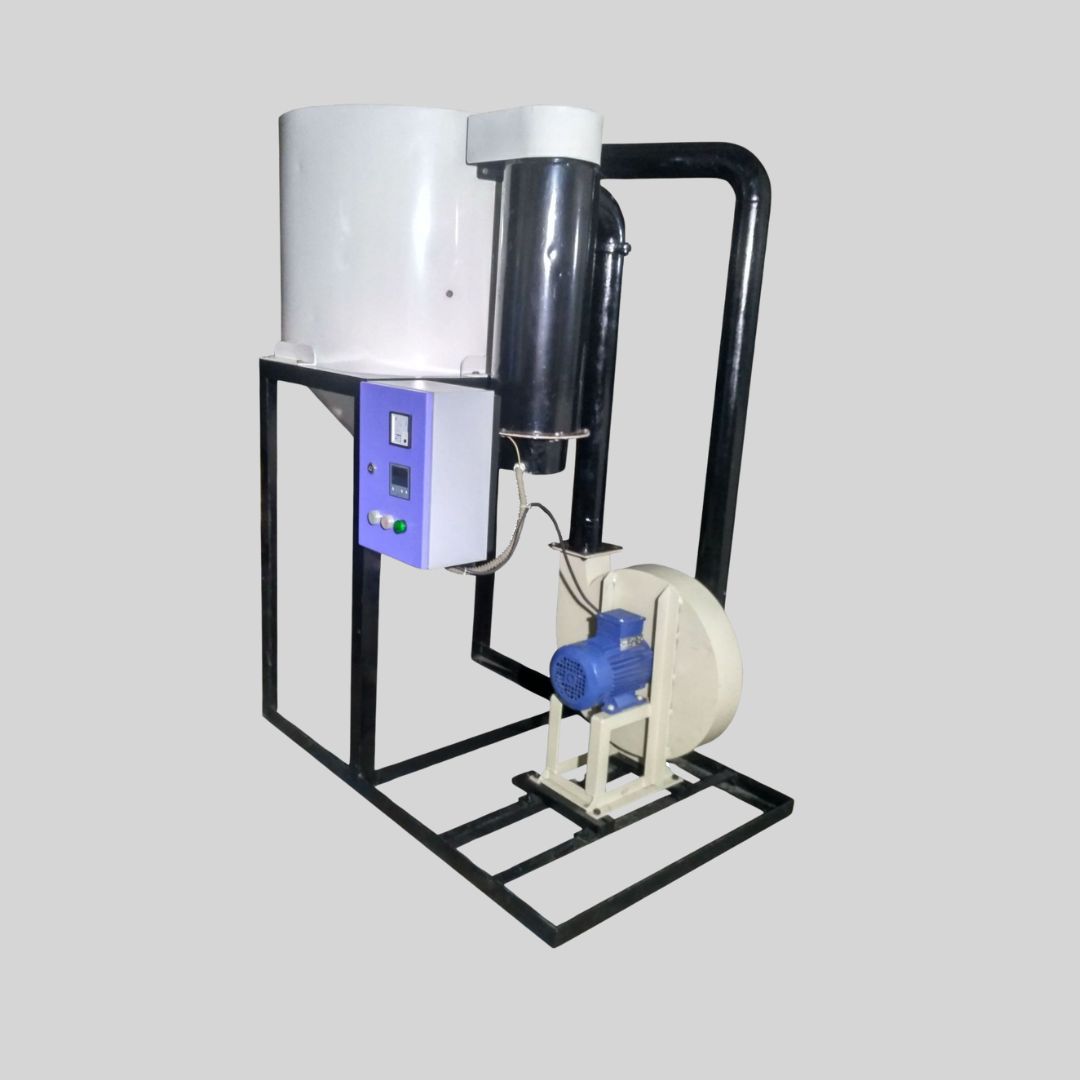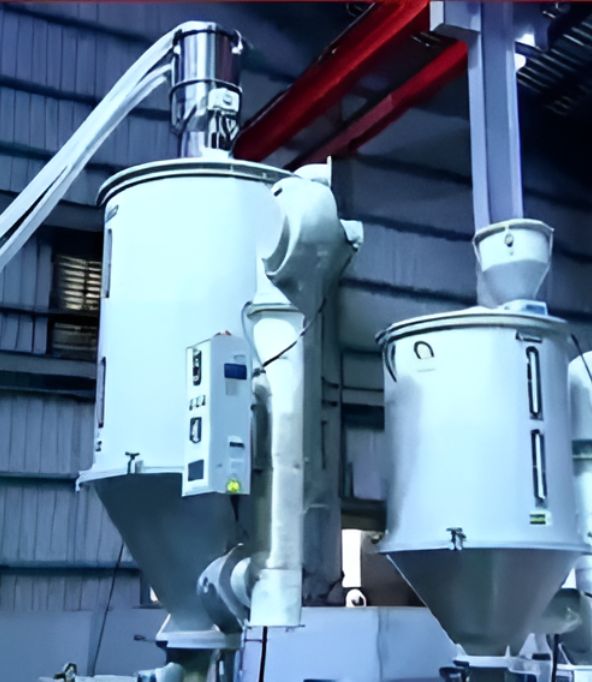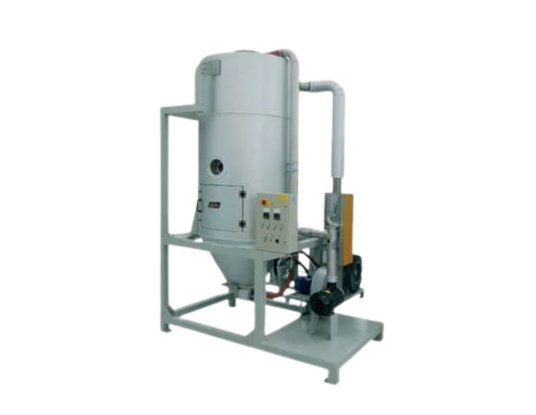Hot Air Drying Systems
Hot air drying systems are widely utilized for efficiently removing moisture from various materials by circulating heated air around them. These systems work by raising the temperature of the air, which enhances its capacity to absorb moisture, thereby facilitating evaporation from the surface of the items being dried. Key components include a heating element, such as electric or gas burners, and a blower or fan that ensures uniform airflow within a drying chamber.
The controlled environment allows for precise adjustments of temperature and humidity, optimizing the drying process. Commonly used in industries like food processing, textiles, and woodworking, hot air drying systems offer scalability and effective moisture management. However, they can be energy-intensive, so energy efficiency and careful monitoring are crucial to maintaining product quality and preventing over-drying. Overall, these systems provide a reliable method for moisture removal across a variety of applications.

Key Requirements for Building a Hot Air Drying Systems
A ventilation system is necessary to remove moisture-laden air, with filters to maintain air quality. Safety features, such as overheat protection and emergency shut-off mechanisms, are critical for safe operation. The design should also facilitate easy material handling, with racks or conveyors that suit the materials being dried.
- Heating Elements
- Power Supply
- Reflectors and Design
- Ventilation System
- Temperature and Humidity Monitoring
- Control Interface
- Material Handling
- Safety Features
- Energy Efficiency
- Testing and Calibration
- Regulatory Compliance

Latest News.
Get the latest update, trips & tricks from our expert.




